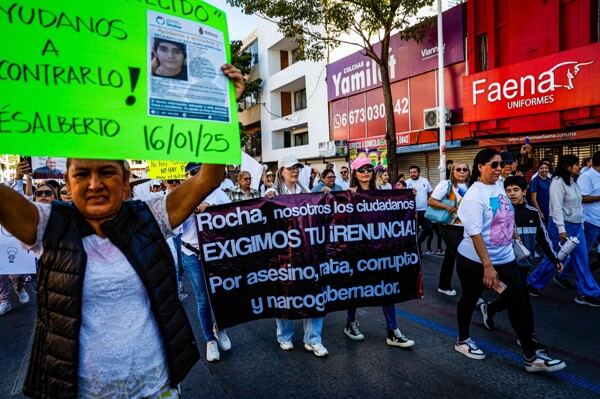In 2023, the production operations of fentanyl in Sinaloa, Mexico were suspended following an order from the Chapitos of the Sinaloa Cartel. For five years, Sinaloa had been the epicenter of illicit fentanyl production, a synthetic opioid responsible for hundreds of thousands of overdoses in North America. Fentanyl producers in Mexico used to rely on chemical precursors like ANPP and NPP, obtained with the help of criminal groups that facilitated the trafficking of substances or directly provided the necessary materials.
After the prohibition in Sinaloa, some independent producers migrated to other states like Sonora and Baja California, continuing their production but allied with local criminal groups linked to the Sinaloa Cartel. The adaptation to new challenges, such as the shortage of chemical precursors due to stricter regulations in China, led to the mixing of fentanyl with other substances to increase production volume.
There was a decrease in fentanyl seizures in Mexico, coinciding with a drop in overdose deaths in the United States. The evolution of the market involved changes in the quality, price, and purity of fentanyl, as well as in production methods. Producers had to maintain a low profile to avoid detection by authorities and protect themselves from rival criminal groups, strictly following the orders of the Chapitos of the Sinaloa Cartel.
The pressure on the supply chain and restrictions on chemical precursors drove a constant adaptation by fentanyl producers in Mexico. Despite market fluctuations, production continued, and a greater sophistication in operations was observed, including the mixing of fentanyl with substances like xylazine. The migration of production to other states and collaboration with local criminal groups were strategies adopted by producers to persevere in an increasingly challenging environment.













